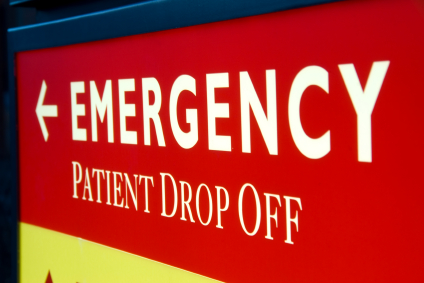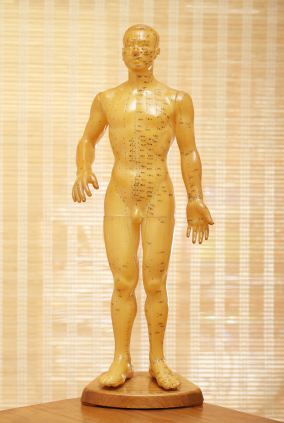What is Stroke?
A stroke is a medical emergency and can cause permanent neurological damage, complications, and death. Risk factors for stroke include old age, hypertension (high blood pressure), previous stroke or transient ischemic attack (TIA), diabetes, high cholesterol,cigarette smoking and atrial fibrillation. High blood pressure is the most important modifiable risk factor of stroke. It is the second leading cause of death worldwide.
An ischemic stroke is occasionally treated in a hospital with thrombolysis (also known as a “clot buster”), and some hemorrhagic strokes benefit from neurosurgery. Treatment to recover any lost function is termed stroke rehabilitation, ideally in a stroke unit and involving health professions such as speech and language therapy, physical therapy and occupational therapy. Prevention of recurrence may involve the administration of antiplatelet drugs such as aspirin and dipyridamole, control and reduction of hypertension, and the use of statins. Selected patients may benefit from carotid endarterectomy and the use of anticoagulants.

Stroke symptoms include:
- SUDDEN numbness or weakness of face, arm or leg – especially on one side of the body.
- SUDDEN confusion, trouble speaking or understanding
- SUDDEN trouble seeing in one or both eyes
- SUDDEN trouble walking, dizziness, loss of balance or coordination
- SUDDEN severe headache with no known cause
What kind of syndromes in stroke?
F : FACE – Ask the person to smile. Does one side of the face droop?
A : ARMS – Ask the person to raise both arms. Does one arm drift downward?
S : SPEECH – Ask the person to repeat a simple phrase. Is their speech slurred or strange?
T : TIME – If you observe any of these signs, call 911 immediately.
–> F.A.S.T. < Warning Signs of Stroke: National STROKE Association>
Treatable Symptoms
- Hemiplegia
- Aphasia
- Dyslalia & Aphagia (Difficulty swallowing)
- Central Facial Palsy
- Blindness
- Shoulder pain & partial dislocation
- Inversion of foot
- Hearing Impairment
- Constipation
- Dysuria (Difficulty in urination)
- Urinary incontinence
- Decubitus (Pressure sore, Bed sore)
- Cognitive disorder
Stroke Rehabilitation(Post-stroke) with Acupuncture?
 With strokes ranking one of the leading causes of death in the United States, those who suffer such a catastrophic event are often lucky to even survive. But for those who do, rehabilitation and recovery can be a lifelong process. There also have been a great number of stroke cases in Asian countries (including China and South Korea), where acupuncture and Oriental medicine originated and have been widely used for several thousand years. According to the long history of their clinical application, acupuncture and Oriental medicine have been clinically proven to help stroke patients recover quicker and more completely, especially in motor and sensory function as well as overall physical functioning. A recent report described that stroke is the second most common reason for seeking acupuncture in China and South Korea. Many modern clinical studies have also been conducted in China and other countries, reporting the beneficial effect of acupuncture for stroke rehabilitation.
With strokes ranking one of the leading causes of death in the United States, those who suffer such a catastrophic event are often lucky to even survive. But for those who do, rehabilitation and recovery can be a lifelong process. There also have been a great number of stroke cases in Asian countries (including China and South Korea), where acupuncture and Oriental medicine originated and have been widely used for several thousand years. According to the long history of their clinical application, acupuncture and Oriental medicine have been clinically proven to help stroke patients recover quicker and more completely, especially in motor and sensory function as well as overall physical functioning. A recent report described that stroke is the second most common reason for seeking acupuncture in China and South Korea. Many modern clinical studies have also been conducted in China and other countries, reporting the beneficial effect of acupuncture for stroke rehabilitation.
Currently, very limited types of stroke rehabilitation therapies (mainly physical therapy, occupational therapy and speech therapy) are allowed as standard care in the United States, even if the benefit from those standard rehabilitation therapies has been insufficient for most stroke patients. Considering the severity of the condition and the inadequacy of the current rehabilitation therapies for stroke patients, isn’t it reasonable to take full advantage of any treatment modality existing in the world that has been clinically proven in safety and efficacy?
In any disease or medical challenge, there have been and will always be people who overcome the most severe health conditions and recover significantly or even completely. Because healing always comes from the inside, not from the outside, nobody knows how much each individual can achieve in any situation. Then, isn’t it worthwhile to supplement standard stroke rehabilitation programs with a therapy that promotes our body’s natural healing ability to help stroke patients recover more completely?
– By Junghoon Lim <Link>
